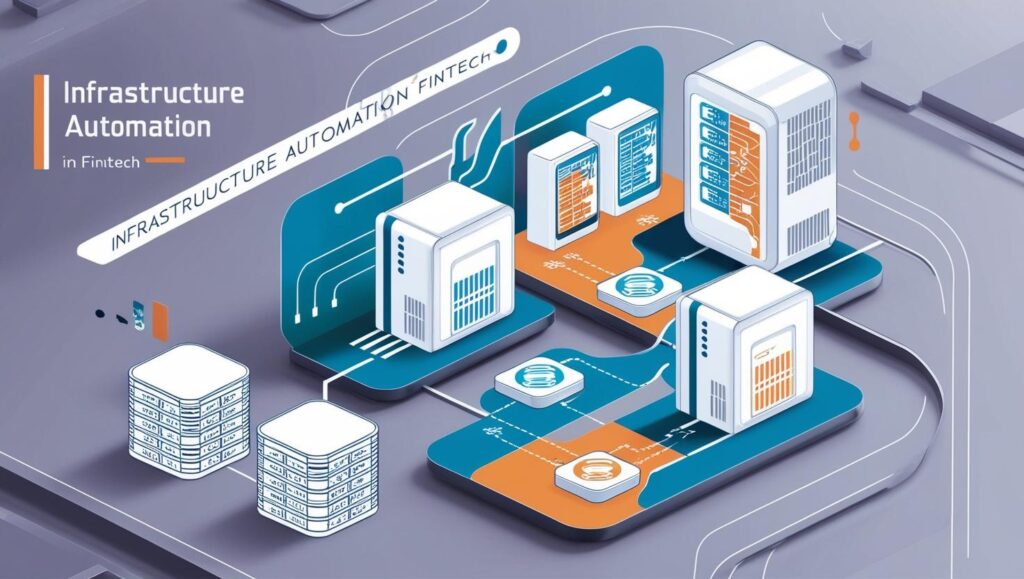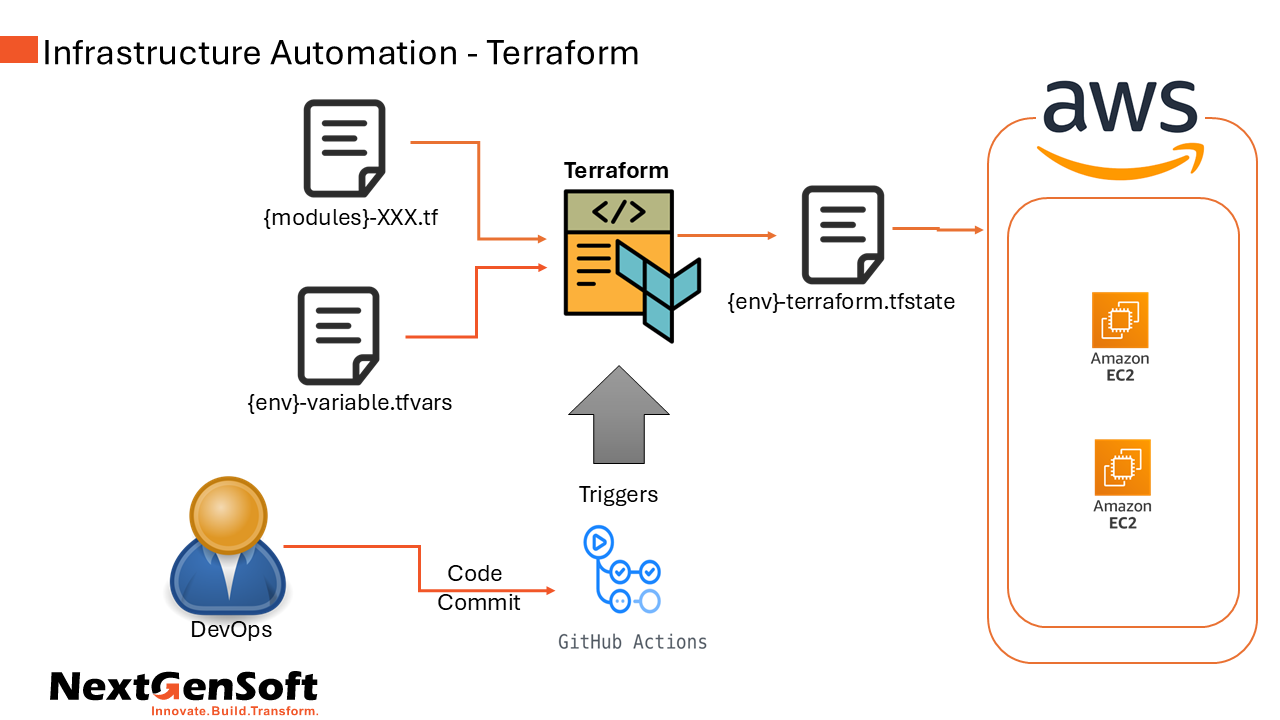- Combining fundamental systems into a single infrastructure-as-a-code solution.
- Avoid Human mistakes and discrepancies under provision or over provision of infrastructure which lead to either cost or system disruptions.
- Meeting consumer performance expectations while growing data and functionality/features of system growth of application.
- Reduced productivity and operational complexity of devops resources.
- Consistent infrastructure designs
- Difficult to follow security policies and compliance guidelines without an automated system.
Introduction
As they use more cutting-edge tools and platforms and process a lot of data everyday, most firms encounter infrastructure size and complexity concerns. IT teams spend most of their time manually managing setups, integration capabilities, patching, server provisioning, server builds, etc. Common IT infrastructure management procedures can be automated to simplify scale, minimize operational overhead, and increase system agility. We used Terraform to scale and control servers, networks, software, hardware, and the entire system for one of our clients.

Key Challenges
The client struggled to manage their custom cloud-based solution's IT infrastructure due to its dispersed nature. This caused more downtime and slowed down the rollout of new instances and apps. As the business grew and got more customers, it got harder and took more time to manage the infrastructure that was growing across various cloud environments.

Solutions : How we Implemented.
Solutions: We've broken down the process of implementing Terraform using best practices here.
- Assessment of Current System.
Review current Project Architecture, Project Management Methodology, and assess how to carry out the project and specify milestone, date and delivery. - Evaluation of the present approach of infrastructure development.
Reviewed the current infrastructure and found areas needing development for next strategic planning. - Plan and Strategy : Terraform.
Plan the project and assign resource, communication plan, strategy to implement the terraform without affecting much the present system, define the risk register, and rollback plan if anything critical. - Provide learning materials and educate the present DevOps team.
Conduct training; define for developers standards and guidelines to follow. (terraform construction)
Standardize : Define standards and norms to follow for developers. (terraform structure) - AWS resource allocation for Terraform.
- Create Requisite Users
- Specify IAM Policy
- Create Roles for the Services.
- Network reachability and Resource availability
- Organize additional resources and tools like CI/CD.
- Setup CI/CD pipeline for Terraform.
- Create Github Actions
- Check branching strategy.
- Setup Monitoring and alerts for Terraform.
- Create consolidated log entries into a system.
- alert developers or lead on pass or failed outcome with suitable result.
- Inform or alert about any vulnerabilities in Terraform Code.
- Documentations.
- Document the infrastructure deployment procedure.
- Terraform’s organizing standards for documentation must be followed.
- Document infrastructure as code, Terraform, or CI CD so that any future problem may be readily fixed.


Benefits Realized
What were the benefits of using Terraform with Best Practices?
- Scalability Increased.
- Reduce human error and efforts.
- Reduce cost as it avoids over provisioning.
- Added Security in infrastructure.
- Consistent infrastructure
- Can create an environment quickly.

Conclusion
Adoption of Terraform Infrastructure Automation let the client transform its methods of infrastructure management. Taking advantage of Terraform’s CI/CD capabilities and Infrastructure as Code ideas improved consistency, scalability, and efficiency in running a multi-cloud system. They were able to create their cloud-based offering keeping a safe and flexible infrastructure ecosystem.

 Kubernetes
Kubernetes DevOps
DevOps